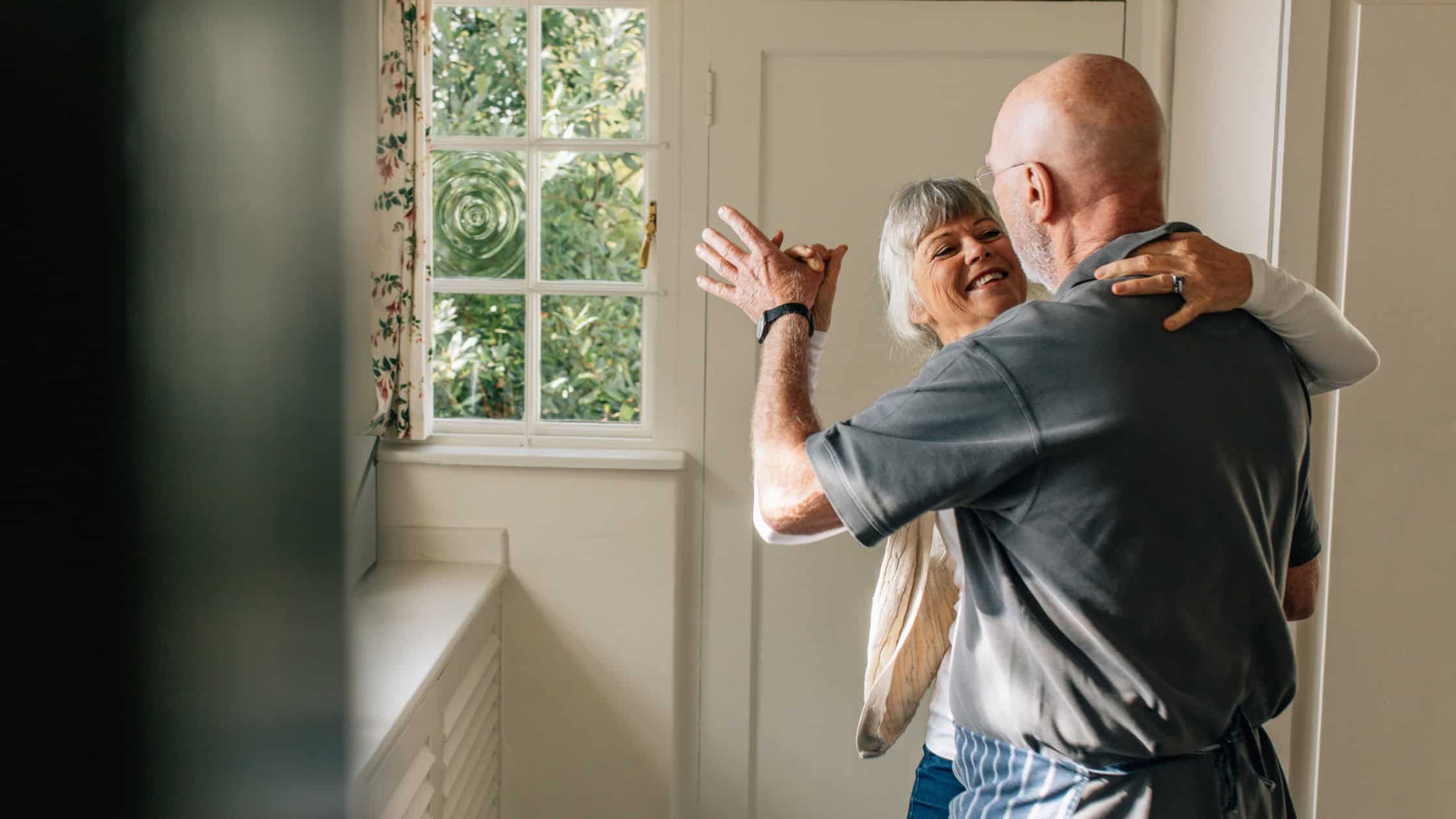The Desire To Age In Place
“Home is where the heart is”. As we grow older, the desire to age independently in the comfort of our own homes can become stronger and stronger. After all, nothing feels like home. However, it’s important to recognize that staying at home as you age may not be the right choice for everyone. The decision to age in place or explore alternative options should be based on individual needs, considerations, and open conversations.
While aging in place is a desirable option for many, it’s essential to acknowledge that various factors and issues can make it challenging or unsuitable for certain individuals to stay at home. Physical limitations, such as mobility impairments, chronic health conditions, cognitive decline, and dementia may require specialized care and assistance that cannot be adequately provided at home. Social isolation, financial constraints and a lack of community support networks can also impact a person’s well-being, highlighting the need for social interaction and engagement that may be better facilitated in a different living arrangement. We acknowledge that the content of this blog might not fit everybody. However, if you are able and willing to spend your retirement years in your own home, there are actions that you should take to ensure you live in a space that works and is healthy for you.
The Comfort of Home
For many older adults, the thought of leaving their cherished homes can be unsettling. Home represents familiar routines, treasured memories and a sense of belonging. Aging at home allows individuals to maintain their autonomy, independence, and the freedom to make choices within the sanctuary of their own space. Plus, you have everything the way you like it.
Creating a Safe Environment
To keep a safe and comfortable living environment for seniors choosing to age in place, it’s necessary to make modifications that meet your current and future needs. These adjustments can reduce the risk of accidents and even make your life easier.
Making your Bathroom Safer
The bathroom is one of the most accident-prone areas in a home, especially for older adults. These accidents have the potential to be extremely dangerous. Prevent slips and falls by following these tips:
Install Grab Bars
These sturdy bars provide stability and support when getting in and out of the bathtub or shower and when using the toilet. They should be strategically placed in areas where extra assistance is needed.
Non-slip Flooring
Replace slippery surfaces with non-slip flooring or use adhesive strips or mats to increase traction and minimize the risk of falls.
Raised Toilet Seats
A raised toilet seat reduces the strain on joints and makes it easier for seniors to sit down and stand up.
Making Your Kitchen Safer
Changes to cabinets and Drawers
Install pull-out shelves and lazy Susan’s in cabinets to make items more accessible.
Replace Plastic or Sturdy Dishes
Reduce the risk of your loved one cutting themselves by replacing glass and ceramic items in the kitchen. Plastic plates, cups, bowls, and dishes come in many pleasant colours and patterns that look nice without being hazardous.
Accessibility and Mobility
For enhanced accessibility and easier time with movement, consider the following changes:
Ramps and Stair Lifts
Install ramps or stair lifts to provide access to different levels of the home for individuals with limited mobility. These adaptations can be a game-changer for seniors who struggle with stairs.
Lever-style Handles
Replace traditional doorknobs and faucet handles with lever-style handles, which are easier to grip and require less strength to operate.
Remove Unnecessary Clutter
Move items and unnecessary furniture to create more space to move around and reduce your risk of falling.
Assistive Mobility Technology
Devices like chairs and stair lifts are a great way to help you move around easier and safer in your own home.
Personal Emergency Response Systems (Medical Alert Buttons)
Services like Victoria Lifeline’s Homesafe and HomeSafe with Fall Detection buttons are indispensable tools. They are designed to provide seniors with immediate assistance at the press of a button.
Here’s How They Work:
Fall Detection Technology
Homesafe with Fall Detection has advanced fall detection technology. In the event of a fall, it can automatically detect the impact and initiate a call for help*, even if the wearer is unable to press the button manually.
24/7 Monitoring
The system connects older adults to a dedicated response center staffed by trained professionals, available round the clock. In emergencies, help is just a button press away.
Small Changes, Big Impact
By creating a safe and comfortable home environment through modifications and adaptations, seniors can maintain their independence and autonomy for as long as possible. Victoria Lifeline’s services serve as valuable tools for those who choose to age in place, providing immediate assistance and peace of mind. Ultimately, the goal is to ensure that each senior has the best possible living arrangement that aligns with their unique needs, desires, and overall well-being. Know what options work best for you, and what challenges you may face in the future, and adjust accordingly.
Disclaimer
This article is meant to be informational in nature and should not replace the advice of a trained healthcare professional. *AutoAlert/Fall Detection does not detect 100% of falls. If able you should always press your button if you need help.

